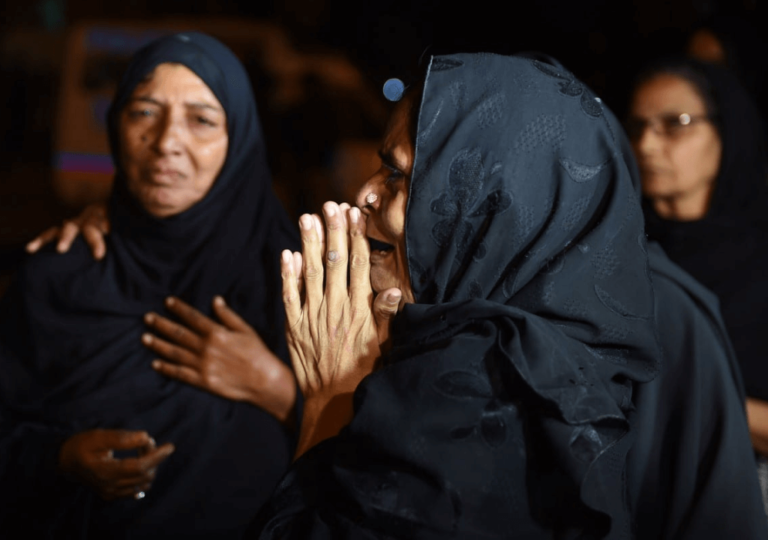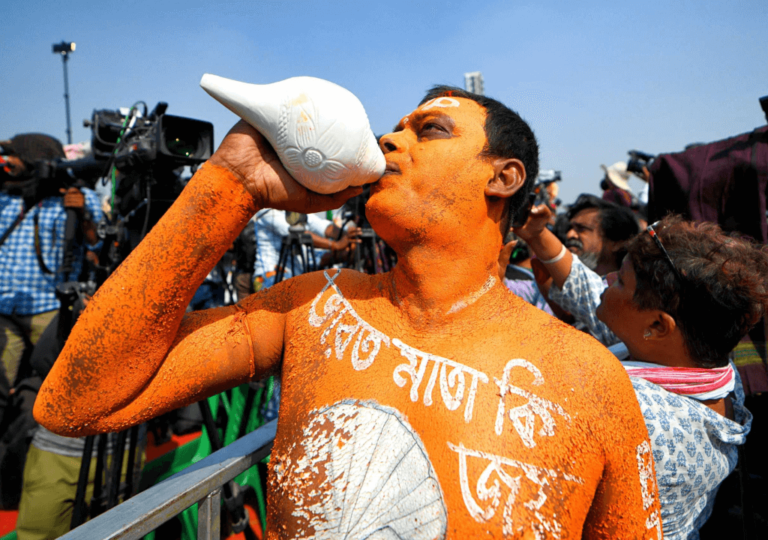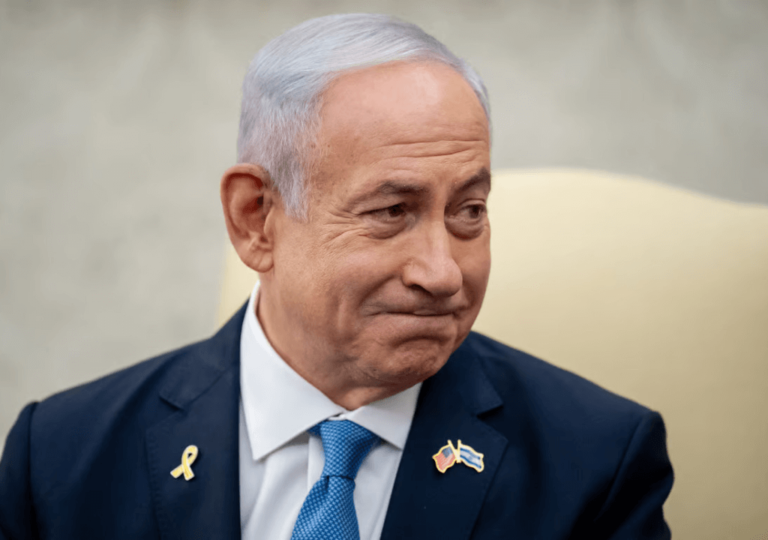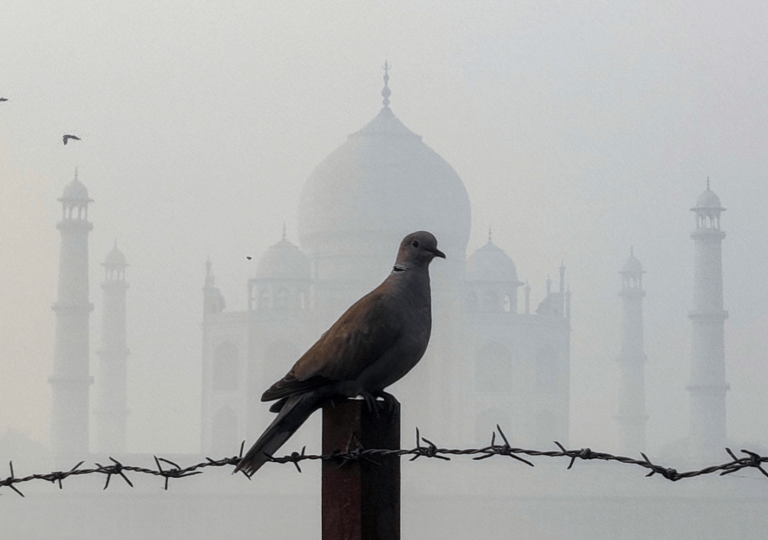Israel-Hezbollah Ceasefire: A Path to Peace or a Temporary Pause?

Israel and Hezbollah have agreed to a ceasefire, effective Wednesday, ending their latest conflict amid ongoing tensions and violence

Israel and Hezbollah have agreed to a ceasefire, effective Wednesday, ending their latest conflict amid ongoing tensions and violence

Sectarian violence in Pakistan escalates, with 300 families fleeing recent clashes that left 32 dead, highlighting systemic oppression of Shia Muslims

COP29 in Azerbaijan faced criticism for its focus on oil and lack of significant climate action

Maharashtra's BJP-led alliance wins 235 seats in the assembly election, securing a strong mandate for another five years

International Criminal Court issues arrest warrants for Netanyahu and Gallant over alleged war crimes and crimes against humanity in Gaza

Delhi's air pollution crisis poses severe health risks, prompting discussions about relocating the capital for sustainable development

Hong Kong's political freedoms are vanishing as China enforces control, silencing dissent and erasing its unique identity

Sri Lanka's communist party, JVP, wins a historic supermajority, reshaping the political landscape under President Anura Dissanayake

Russia's war in Ukraine has led to high casualties and recruitment challenges, now involving North Korean troops for support

Qatar is stepping back from mediating between Hamas and Israel, citing lack of good faith from both sides